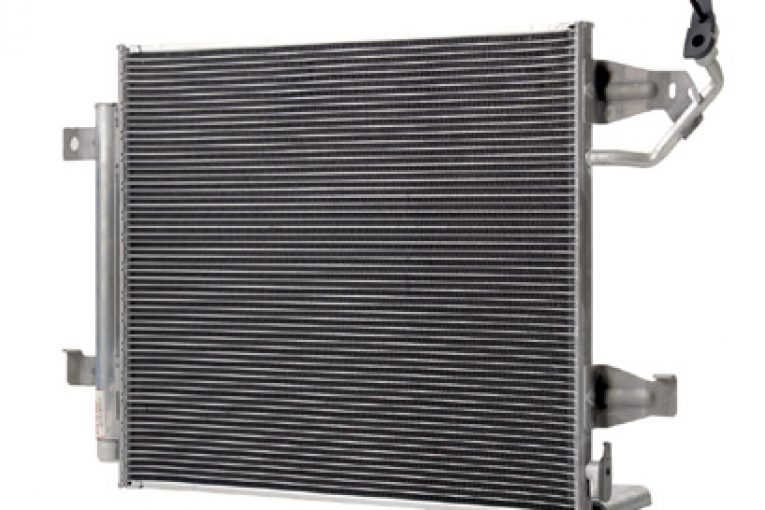
1. Check that you’ve selected the correct part number through cross referencing.
2. Before installation inspect the new part carefully, including the size and fitment of ancillary parts such as caps, switches and sensors.
3. Carefully examine the radiator hoses and connections and, where necessary, replace with new – failure to do this can cause radiator failure. The most common problem is coolant leakage, resulting from defective or worn seals.
4. Thermostats and caps are also susceptible to faults. This is usually due to inherent defects in the radiators, although faults relating to OEM and matching quality replacements are extremely rare.
 5. Avoid cheaper alternatives. Research has shown that buying cheaper will cost more in the long run as a product that is too cheap can often mean inferior quality.
5. Avoid cheaper alternatives. Research has shown that buying cheaper will cost more in the long run as a product that is too cheap can often mean inferior quality.
6. Avoid physical damage whilst handling and installing.
7. Don’t forget to inspect any defective radiator mountings (bushes/rubbers). These can easily be repaired before installing the radiator.
8. Coolant antifreeze concentration is also subject to certain regulations, as outlined by the VM. Be sure to double check this each time you fit a new radiator to ensure that the correct concentration is used.
9. Remember that the radiator is the heart of the engine cooling system, in that it releases the heat exchanged from the engine into the air. Because of this make sure you check the performance and operation of the electric cooling fans after the new radiator has been installed.
10. If in doubt, check the VM’s guidelines. All practices and procedures will be available in the technical information that each VM creates for every vehicle they make.
RADIATOR RESOURCES
With its original thermal technology fitted to almost 40% of European cars, DENSO is an ideal choice for replacement radiators. The 850 OE quality cooling radiator references on offer cater for 4,600 vehicle applications. They are small, light and offer great heat exchange efficiency.









